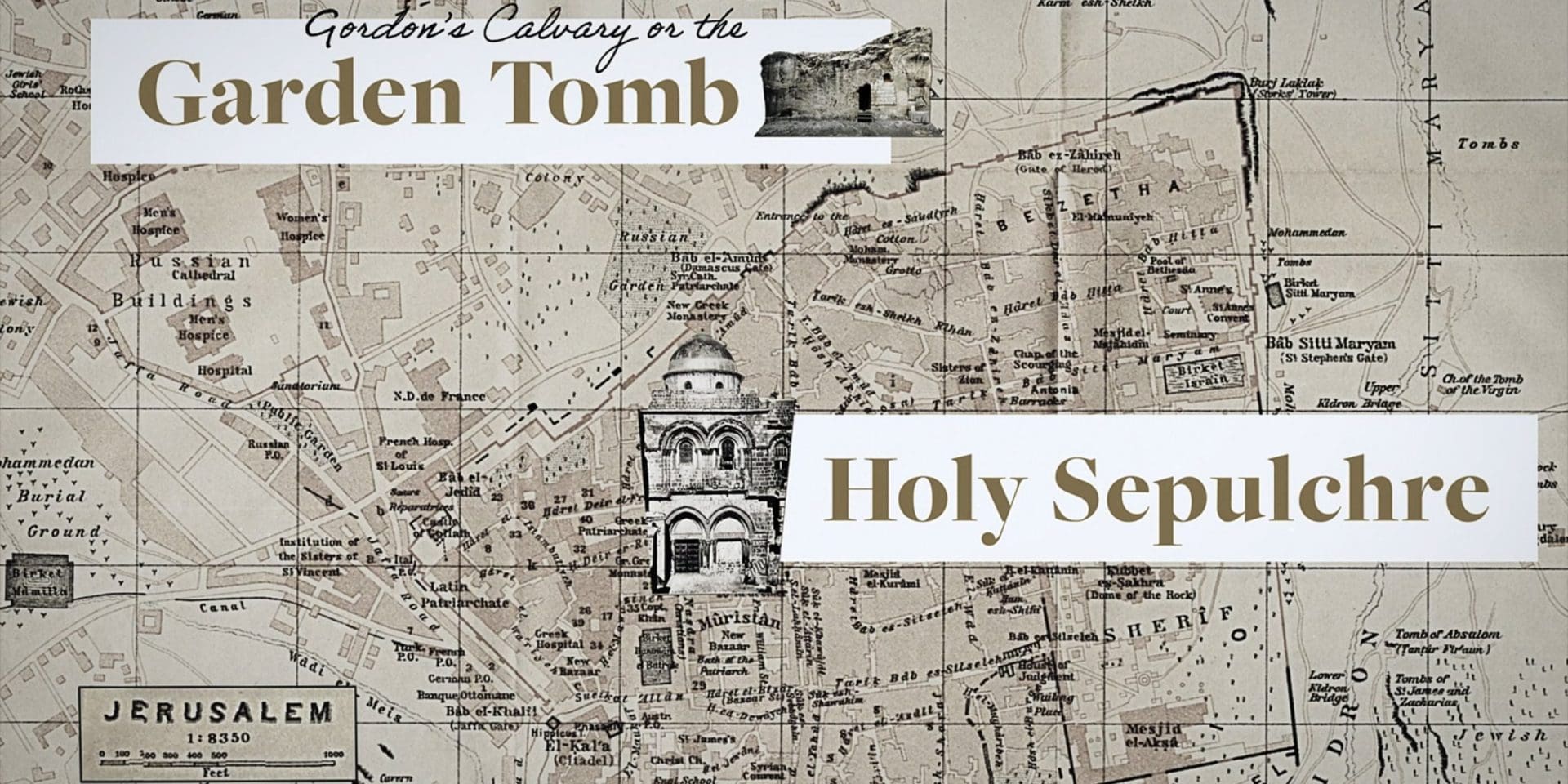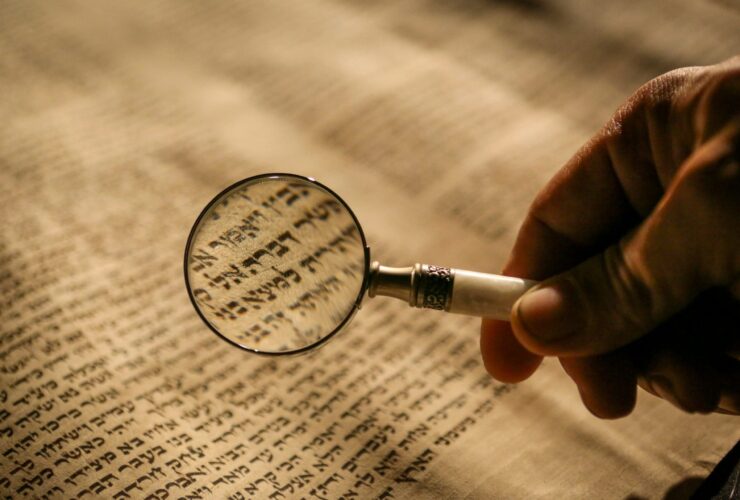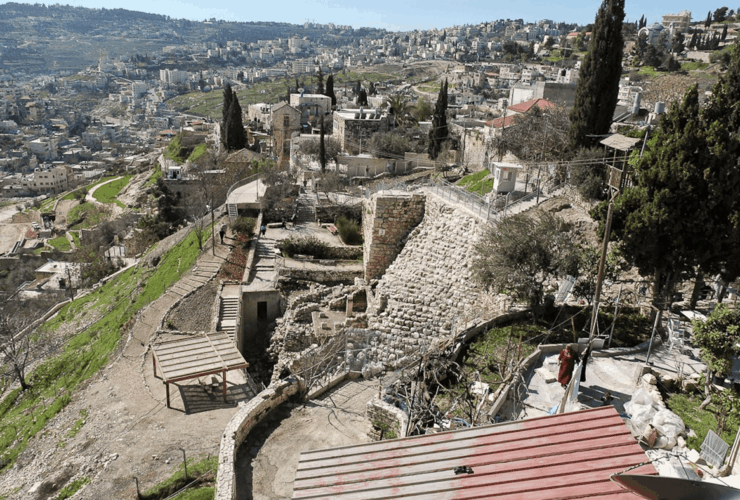Modern visitors to Jerusalem can visit two sites that claim to mark the location of Jesus’ crucifixion and burial: The traditional site with almost two thousand years of veneration is the Church of the Holy Sepulchre (AD 326). The other is known as Gordon’s Calvary or the Garden Tomb (AD 1883), which became a place of interest in 1883.
The Church of the Holy Sepulchre is located in the busy Christian Quarter within the walls of the Old City of Jerusalem. It’s location likely has a lot to do with the Garden Tomb’s existence. The Gospels indicate that Jesus was crucified outside of the walls of Jerusalem and buried in a cave tomb nearby that was a part of a garden. It is hard to imagine a quiet garden here, and the Church seems hopelessly within the boundaries of the city.
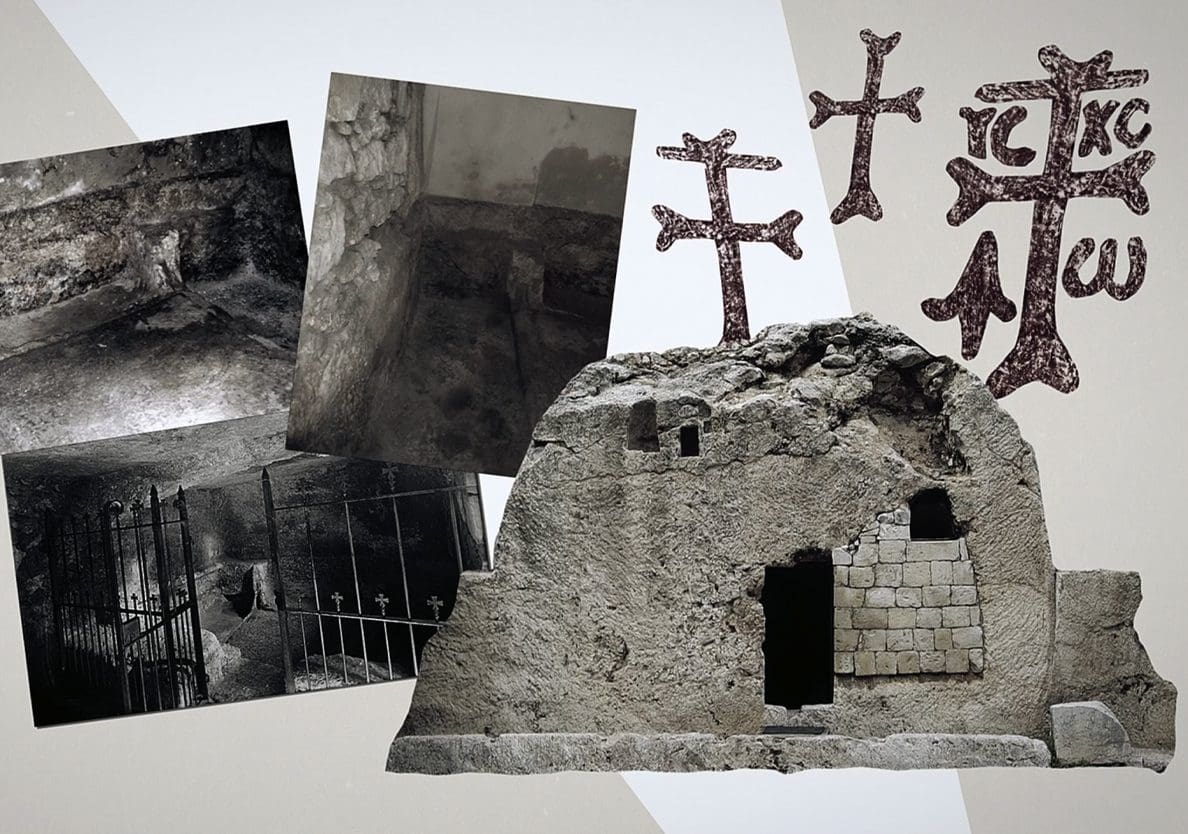
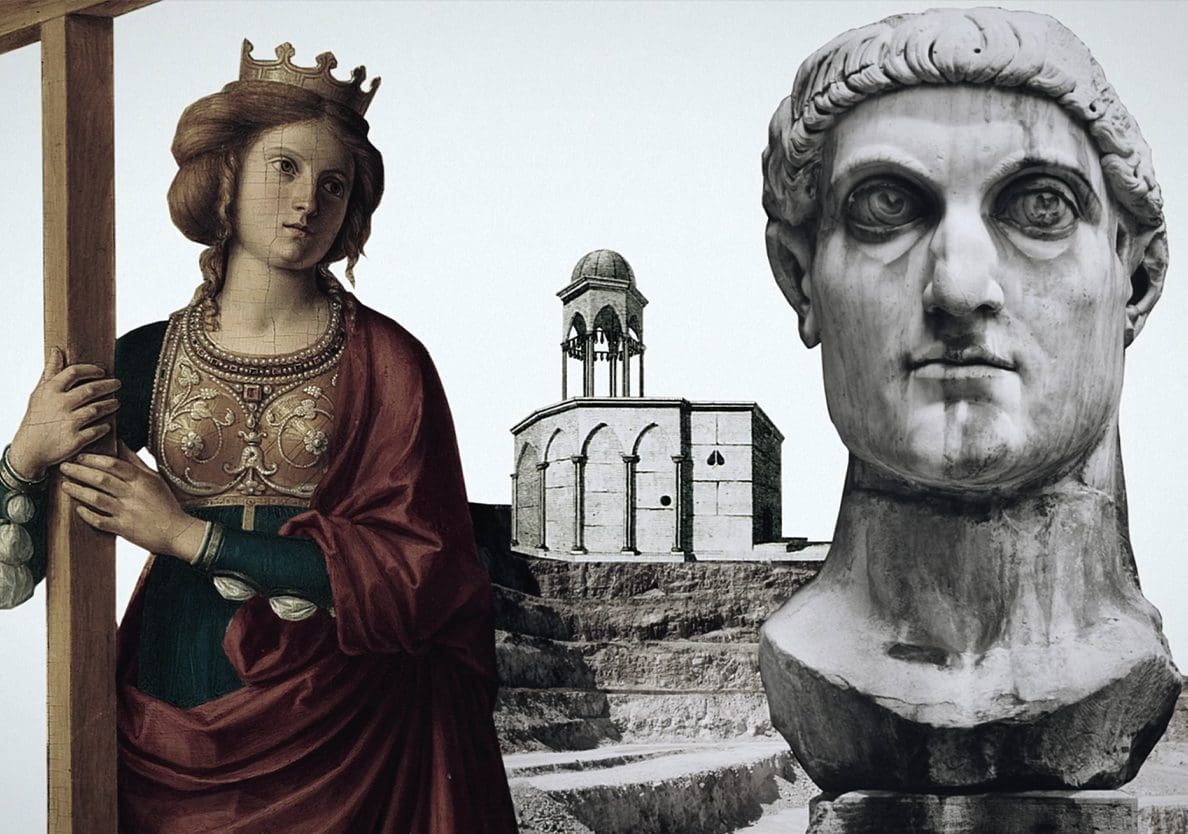
British General Charles Gordon clearly thought so, as well. His answer was the Garden Tomb, located just North of the Damascus Gate, carved into the Western escarpment of a limestone hill. Today, we have access to more information about first century Jerusalem and first century tombs then did General Gordon in 1880s. And while the site of the Garden Tomb is more peaceful, natural, and displays an ancient tomb much more effectively than the Church of the Holy Sepulchre, it may be standing on misinformation the tomb appears to be entirely from the wrong era. The Church of the Holy Sepulchre on the other hand may preserve the site less naturally, but the tradition on which it stands is well established.
First, to the location of the Holy Sepulchre: It’s known from the records of Josephus (Flavius Josephus, 1st century Roman historian) that the area where the church stands was originally outside of the city walls. It was incorporated into the city shortly after the time of Christ by Herod Agrippa (AD 41-44). It’s now known, thanks to excavations, that the site was originally a limestone quarry (8th -7th centuries BC) and was used for tombs in the 1st centuries (BC-AD). After AD 135 the site was completely remade by Emperor Hadrian who filled and levelled it to build a Temple to Venus. Impressively, two hundred years later during the reign of Constantine, the Christians of Jerusalem identified the site, and the manmade temple and platform were removed to reveal 1st century tombs.
As for the site of Gordon’s Calvary and the Garden Tomb: When the tomb was claimed as Jesus’, Charles Gordon did not spend a lot of time, at least officially, investigating it particularly. He was more focussed on the overall site of Golgotha which he believed to be the limestone hill into which the tomb was dug. The problem with the site is that the tomb is in the midst of an 8th century (BC) grave complex. The Garden Tomb appears to be identical to them. It follows all of the known patterns of 8th century (BC) tombs and breaks all the patterns of known 1st century tombs. In short, it’s from the wrong era to be Christ’s tomb.
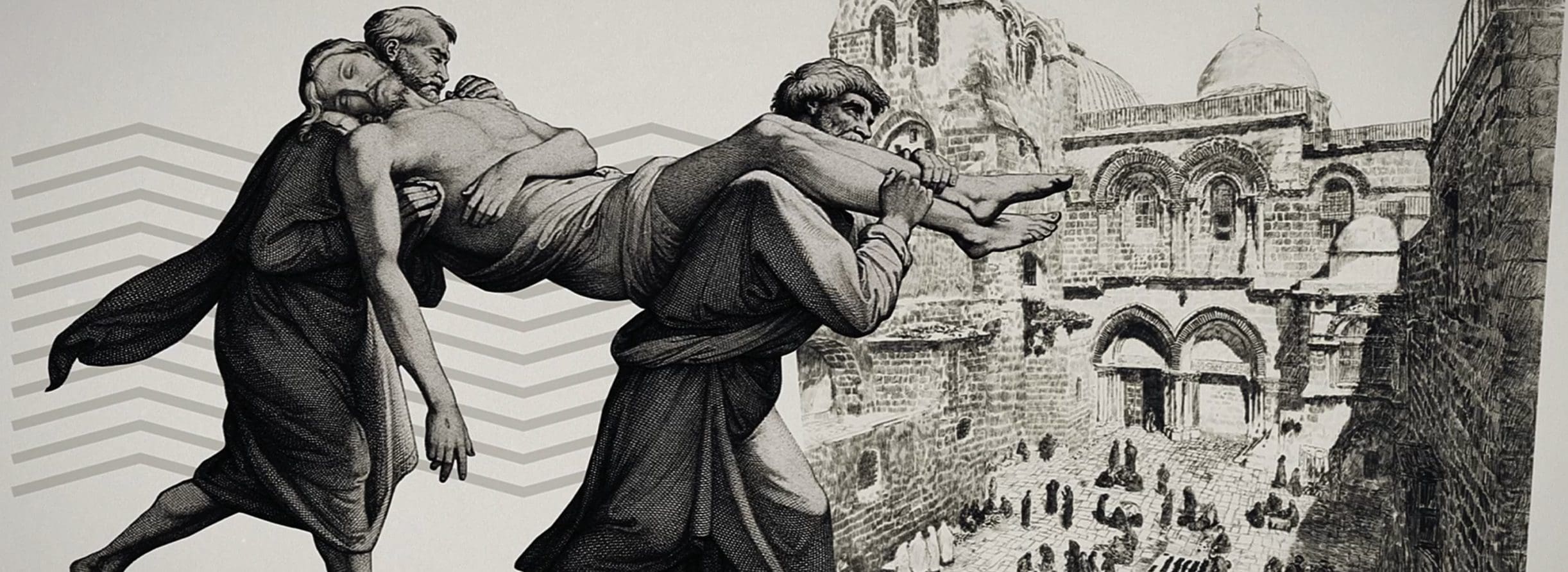
Today, knowing what we do about the location of Jerusalem’s wall, and the layouts and construction of first century tombs, the battle is intellectually decided. The Church of the Holy Sepulchre is much more likely the actual place of Golgotha and Christ’s tomb.
These two differing sites however, both offer valuable experiences for the Christian pilgrim. One offers a mishmash history of Church building styles while preserving what could very well be the tomb of Christ, the other offers a peaceful place amid a modern city to go experience what it might have been like to be the disciples on resurrection Sunday.

Corie Bobechko is a daily co-host, speaker, and writer of Bible Discovery. She also hosts a YouTube channel that shows how history and archaeology prove the Bible. Her heart for seekers and skeptics has led her to seek truth and share it with others. Corie also has a Bachelor of Theology from Canada Christian College.
• Bryan Windle, “Tomb of Jesus Uncovered for First Time in Centuries”. Associated for Biblical Research. Published on November 04, 2016.
• Barkay, Gabriel. “The Garden Tomb: Was Jesus Buried Here?” Biblical Archaeology Review 12.2 (1986): 40–53, 56–57.
https://www.baslibrary.org/biblical-archaeology-review/12/2/2
• Murphy-O’Connor, Jerome. “The Garden Tomb and the Misfortunes of an Inscription,” Biblical Archaeology Review 12.2 (1986): 54–55.
https://www.baslibrary.org/biblical-archaeology-review/12/2/3
• Bahat, Dan. “Does the Holy Sepulchre Church Mark the Burial of Jesus?” Biblical Archaeology Review 12.3 (1986): 26–45.
https://www.baslibrary.org/biblical-archaeology-review/12/3/1
• Ross, J.-P. B. “The Evolution of a Church—Jerusalem’s Holy Sepulchre,” Biblical Archaeology Review 2.3 (1976): 3–8, 11.
https://www.baslibrary.org/biblical-archaeology-review/2/3/4



